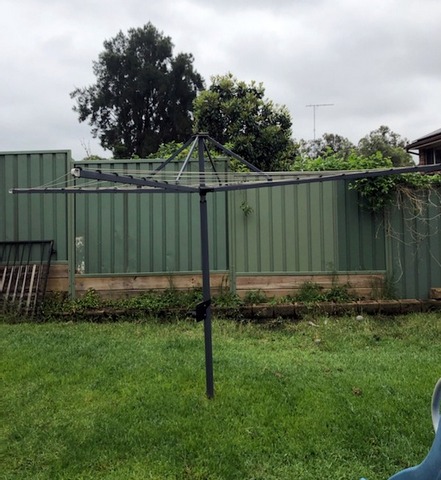I can hear the comments through my computer screen now, “Do you mean we shouldn’t wash our clothes now?” That is not the question, the question is: do we wash our clothes too much? Nobody wants to be thought of as ‘dirty’ and so of course we all fill up our washing machines on a regular basis. How often we should wear clothes before washing will vary, depending on the type of fabric, type of clothing and what it was used for, but quite often they will not need to be washed after every wear.
Why is that important, you may ask? For a number of reasons –
- Washing synthetic clothing causes them to shed microfibers or microplastics that are very difficult to remove once they get into the environment. It has been estimated that at 35%, textiles are the greatest single contributor to microplastic pollution in the oceans, resulting in 22 million tons of microfibers entering the ocean every year.
- Washing clothes in washing machines with harsh chemical detergents will reduce their life, meaning they will need to be replaced sooner, using more resources.
- Australia is a drought country and somewhere around 13% of our household water supply is consumed in the laundry. (Hint: front loaders consume up to 75% less water than top loaders).

- Washing clothes consumes electricity and as a result in most cases produces greenhouses gases, how much varies with the type of washer (front loaders use up to 85% less energy than top loaders) the temperature of the water and whether the clothes are dried on a line or in an electric clothes drier.
So in summary, the negative consequences of clothes washing can be increased microplastic pollution, reduced clothing life, increased water and energy usage and the consequent production of greenhouse gases.
Washing clothes less often is a no-cost strategy for reducing our environmental impact, you don’t need to buy anything to wash your clothes less.
How often should you wash your clothes? I have done a bit of a run around the net, to see what suggestions are out there, and from who. There appears to be a pretty consistent consensus with some articles of clothing, and variations within others, so it has been quite an interesting exercise, which is summarised below.
When reading the summary table -
- ‘garment’ is pretty self-explanatory,
- ‘source’ number is where I found that particular list and the key to which number corresponds to which source is noted below the summary table.
- The numbers in the table refer to the number of times a garment should be worn before it is laundered. Variations in the number of wearings take into account hot weather and soiling during use.
- Where there is no number, only an asterisk (*), that garment type does not appear in the list from that source.

In all cases it is wise to conduct a ‘sniff test’ before committing a particular garment to either the wardrobe or the laundry. Even if the garment in question is ok to commit to the wardrobe, hanging it up to air overnight before placing it back in your clothes closet is a good idea.

Sources:
- Whirlpool – washing machine and other appliance manufacturer (US)
- Good Housekeeping – Women’s magazine (US)
- Canstar Blue – Consumer review and comparison website (AUS)
- Dropps – online purveyor of laundry detergent pods (US)
- GQ – Men’s magazine (US)
- Lifehack – Website providing tips to simplify your life (UK)
- American Cleaning Institute – Industry group for US Cleaning product manufacturers (US)
- Moralfibres – Eco-blog covering all aspects of sustainable living (UK)
So there you have it! Obviously how often you launder your clothing is a very personal decision, but a decision that has a real-world impact on the environment. The important thing is to think before you wash rather than just dump it all into the dirty clothes hamper.
There are also some techniques which can be used to extend the time between washes and these will be covered in a later article.

A bit of under cover drying space can be handy too!



